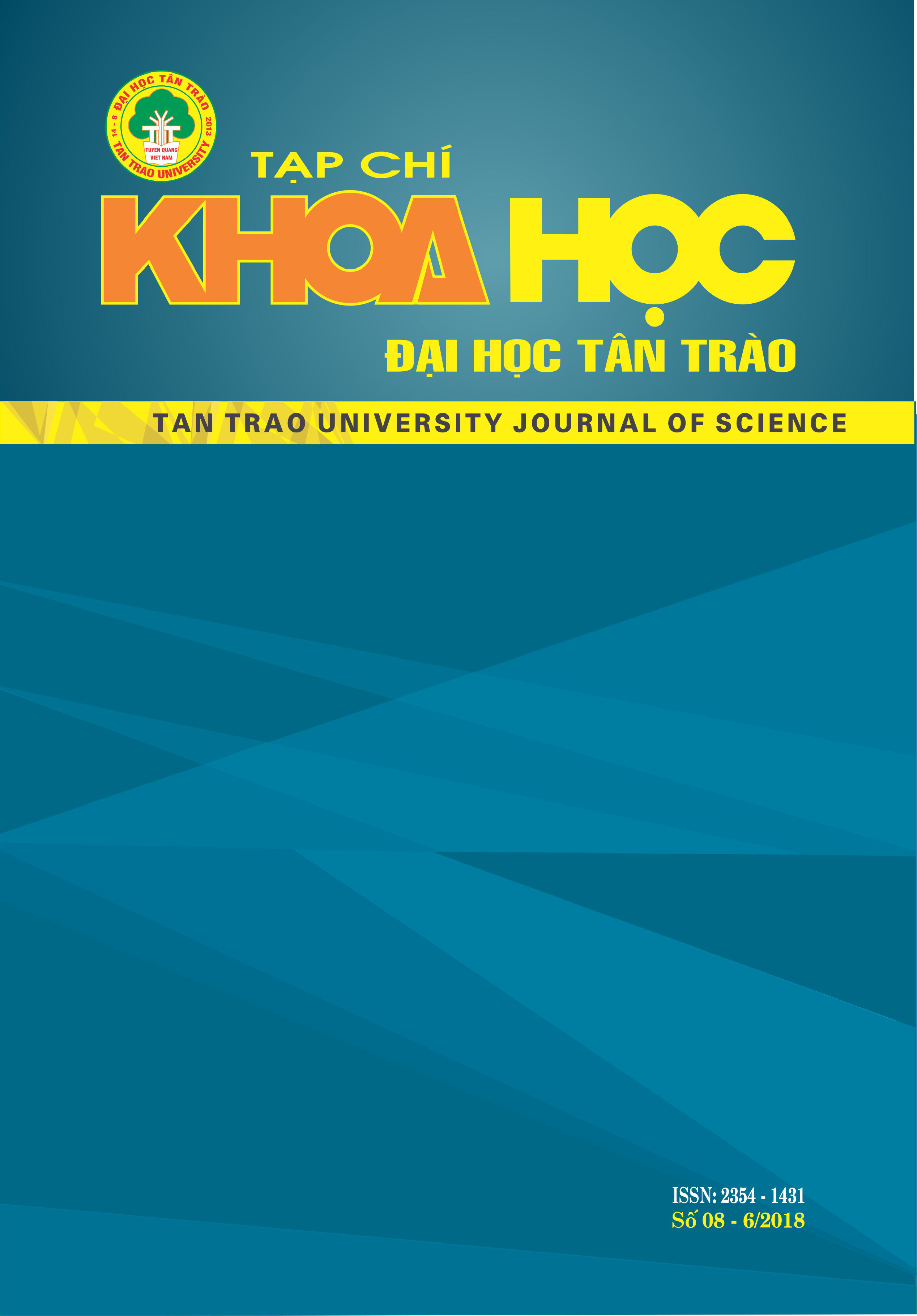Khử phân kỳ trong biên độ tán xạ toàn phần của quá trình rã h →µʈ trong mô hình zee-babu
DOI:
https://doi.org/10.51453/2354-1431/2018/232Từ khóa:
Các hà m PV, khá» phân kỳ, mô hình Zee-Babu, vi phạm số lepton thế hệ, rã Higgs boson …Tóm tắt
Mô hình Zee-Babu là sự tiếp nối của mô hình Zee được mở rộng từ mô hình chuẩn để giải quyết khối lượng và sự trộn lẫn neutrino. Khác với mô hình Zee, phần vô hướng của mô hình Zee-Babu được thêm vào đơn giản hơn, do đó vấn đề neutrino được giải quyết một cách tự nhiên. Các kênh rã của Higgs boson đã và đang được thực nghiệm kiểm chứng. Các tương tác mới trong mô hình Zee-Babu góp phần làm tăng tín hiệu của các kênh rã Higgs vi phạm số lepton. Nghiên cứu các kênh rã này giúp giới hạn các vùng không gian tham số của mô hình. Đó cũng là cơ sở để đưa ra các hiệu ứng vật lý mới
Tải xuống
Tài liệu tham khảo
1. ATLAS and CMS Collaborations (2016), Measurements of the Higgs boson production and decay rates and constraints on its couplings from a combined ATLAS and CMS analysis of the LHC pp collision data at √s = 7 and 8 TeV, JHEP 1608, 045;
2. C. Patrignani et al (2016). [Particle Data Group], Review of particle physics, Chinese Physics C 40, 100001;
3. Daniel Schmidt, Thomas Schwetz, He Zhang (2014), Status of the Zee-Babu model for neutrino mass and possible tests at a like-sign linear collider, Nucl. Phys. B 885, 524-541;
4. Juan Herrero-Garcia, Miguel Nebot, Nuria Rius, Arcadi Santamaria (2014), The Zee-Babu Model revisited in the light of new data, Nucl. Phys. B 885, 542-570;
5. K. H. Kiem, H.T.Hung and L.T.Hue (2016), Prog.Theor. Exp.Phys. 2016, 113B03;
6. L.T. Hue, H. N. Long, T.T.Thuc and T. Phong Nguyen (2016), Nucl.Phys. B 907, 37; Phys.Rev. D93, 115026;
7. Miguel Nebot et al, Prospects for the Zee-Babu Model at the LHC and low energy experiments, Phys.Rev.D77, 093013,2008;
8. Takaaki Nomura, Hiroshi Okada (2016), An Extended Colored Zee-Babu Model, Phys. Rev. D 94, 075021;
9. Tommy Ohlsson, Thomas Schwetz, He Zhang (2009), Non-standard neutrino interactions in the Zee-Babu model, Phys.Lett.B681:269-275.
Tải xuống
Đã Xuất bản
Cách trích dẫn
Số
Chuyên mục
Giấy phép

Tác phẩm này được cấp phép theo Giấy phép Quốc tế Creative Commons Attribution-ShareAlike 4.0 .
Bài báo được xuất bản ở Tạp chí Khoa học Đại học Tân Trào được cấp phép theo giấy phép Ghi công - Chia sẻ tương tự 4.0 Quốc tế (CC BY-SA). Theo đó, các tác giả khác có thể sao chép, chuyển đổi hay phân phối lại các bài báo này với mục đích hợp pháp trên mọi phương tiện, với điều kiện họ trích dẫn tác giả, Tạp chí Khoa học Đại học Tân Trào và đường link đến bản quyền; nêu rõ các thay đổi đã thực hiện và các nghiên cứu đăng lại được tiến hành theo cùng một bản quyền.
Bản quyền bài báo thuộc về các tác giả, không hạn chế số lượng. Tạp chí Khoa học Tân Trào được cấp giấy phép không độc quyền để xuất bản bài báo với tư cách nhà xuất bản nguồn, kèm theo quyền thương mại để in các bài báo cung cấp cho các thư viện và cá nhân.
Mặc dù các điều khoản của giấy phép CC BY-SA không dành cho các tác giả (với tư cách là người giữ bản quyền của bài báo, họ không bị hạn chế về quyền hạn), khi gửi bài tới Tạp chí Khoa học Đại học Tân Trào, tác giả cần đáp ứng quyền của độc giả, và cần cấp quyền cho bên thứ 3 sử dụng bài báo của họ trong phạm vi của giấy phép.






